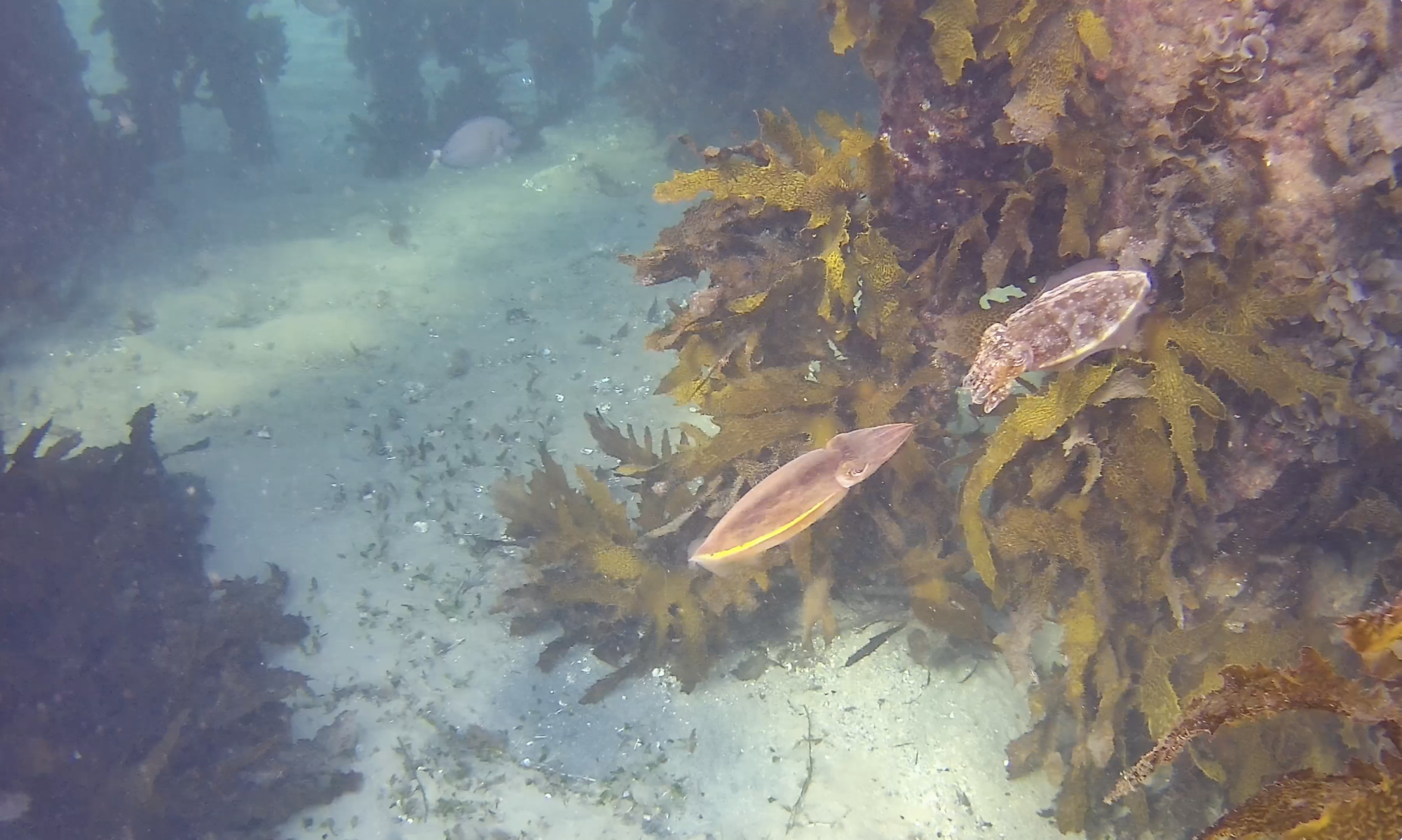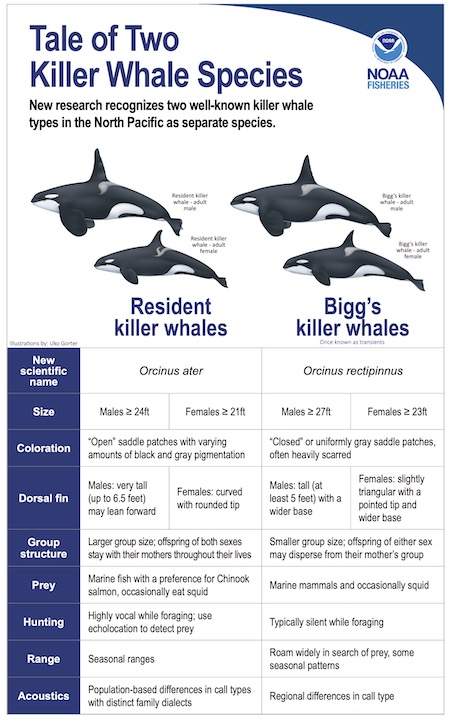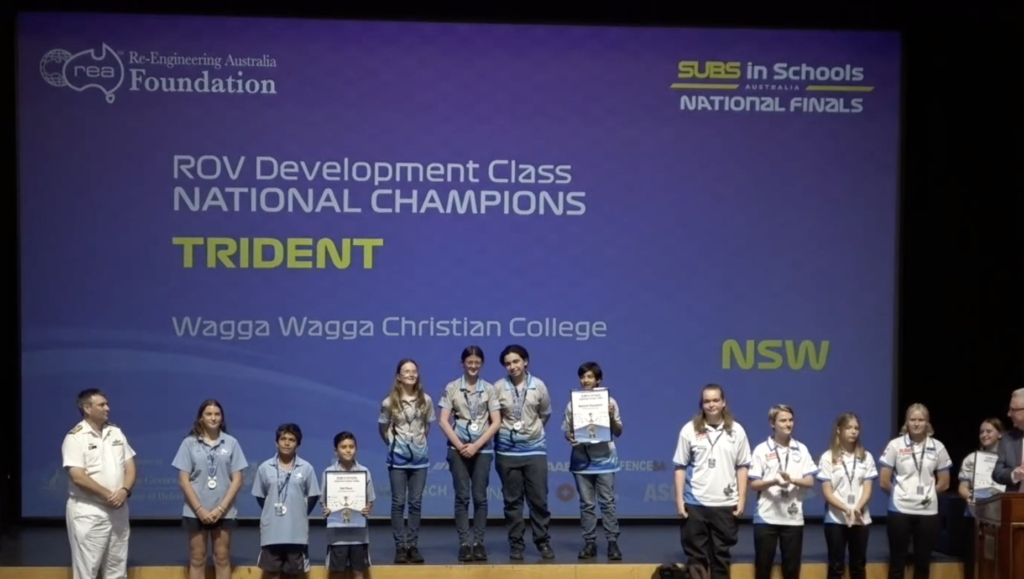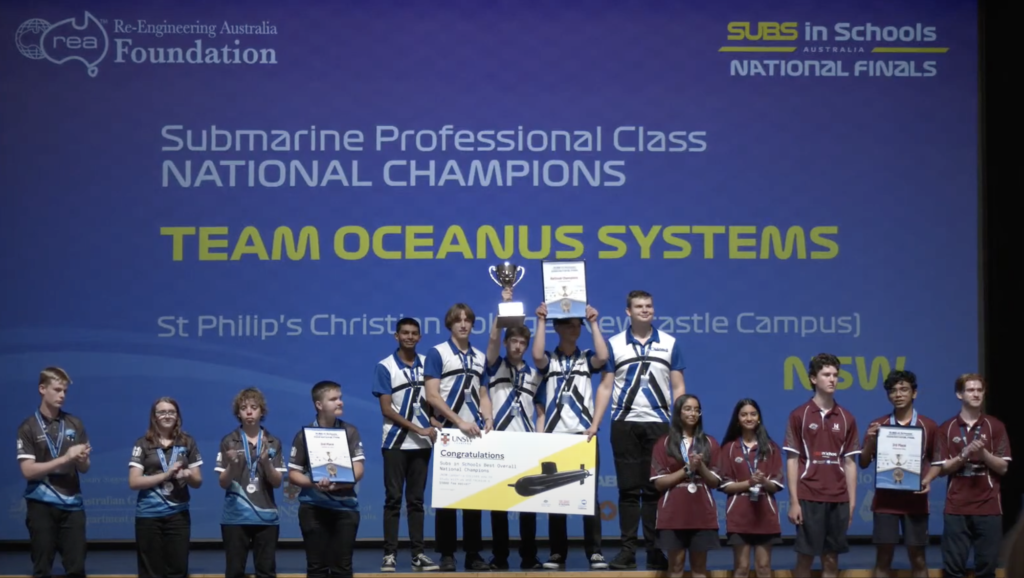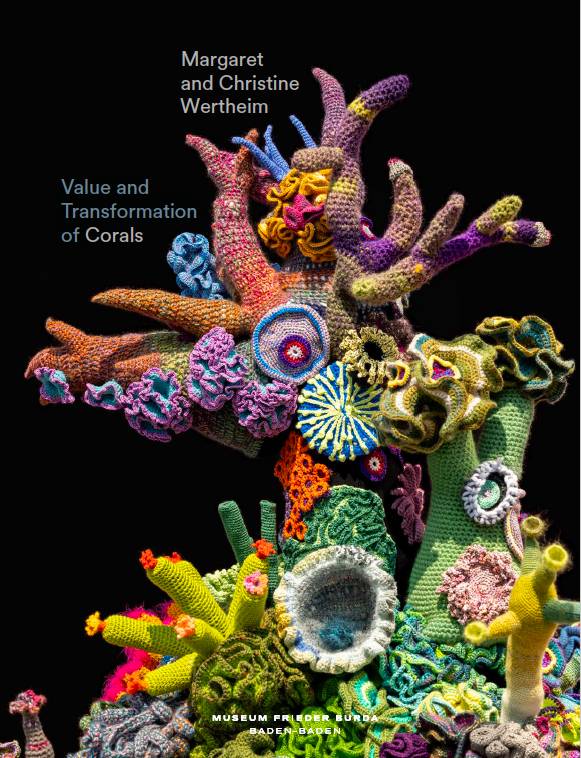Scientists in the Pacific Northwest are making the case for separate identification of two orca populations.
Orcas, also known as Killer whales, are one of the most widespread animals on Earth and have long been known as only one species, Orcinus orca, with different forms in various regions known as “ecotypes.”
Biologists have increasingly recognised differences between “resident” and “Bigg’s” ecotypes. Resident killer whales maintain tight-knit family pods and prey on salmon and other marine fish. Bigg’s killer whales, sometimes known as transients, roam in smaller groups, preying on other marine mammals such as seals and whales. (Killer whales actually belong to the dolphin family.)
Full details available at: NOAA Fisheries 27mar24
